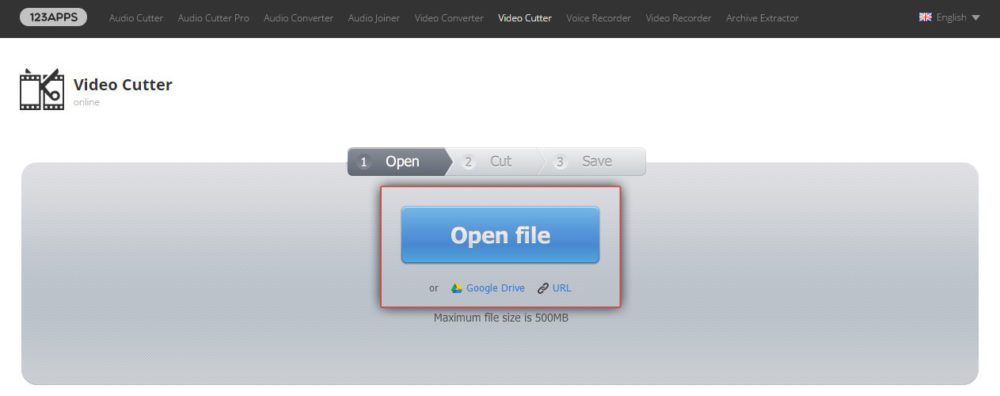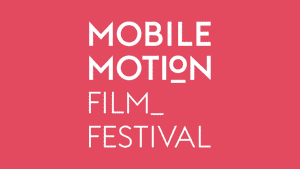Online Movie Makers & Video Editors – Should You Use One?
What is an online video editor or movie maker?
It’s a browser-based platform where you can upload your footage, edit and add effects such as transitions and titles (and more).
The trend for using such platforms has been slowly gaining popularity. While the idea of having all your editing processes off-loaded to a remote server may seem a bit impractical to some, others have found the use of such services actually benefited their editing workflows.
A significant benefit of using an online video editor is that the processing is performed remotely. So, if you don’t have a particularly powerful computer, this could be an option to avoid buying one. Especially if your editing needs are only light (for social media work, for example).
Once you upload your footage using the web interface, all of the rendering and computer work happens from the service’s own server, using their processing power. So you’re not required to edit on a high-end machine, you can get away with much lighter kit, even something as simple as a Chromebook.
Collaboration
Another benefit is the ability to collaborate with team members. As your work is in the “cloud”, other editors can work on the same project at the same time. In addition, you can have team members work on different projects with adaptive progress tracking, all thanks to the cloud-based editing system. If your team are spread out around the world or country, online video editing could be the answer.
File management
With online editing, all your files are already uploaded to the cloud server. So your editors and clients don’t need to download the source media to their machine. The files and edit are easily accessible anytime, anywhere. Plus, you don’t have to constantly export/import every time you make an edit change.
Disadvantages
The efficiency of your editing largely depends on your Internet connection speed. With poor internet, you’ll find it difficult to upload/download footage to and from the cloud. That’s in addition to the latency and playback quality degradation.
Other thing is, online video editors only have basic editing functions. Besides essential editing processes like trimming, green screen effects, transitions, and titles, you’re not going to get full-fledged features like you do with Final Cut Pro X or Adobe Premiere Pro.
Playback Quality
Online editors reduce playback quality to compensate for having to send and receive information via the internet. However, if you don’t have a high-end laptop, your playback is going to be slow anyway (perhaps even slower). So you’ll have to export to see the full quality (which is actually what I have to do anyway, when editing with Premiere Pro on my 2015 MacBook).
So let’s have a look at the best ones…
wevideo
The software can be used by both beginners, intermediates and experts alike because of the ease of access it provides to all of its users. It’s easy to figure out all of the functions, as well as getting collaborating. Ease of access and the limited is free.
On the downside, the free version limits you to 5 minutes of video. However, if you are doing short clips for social media, that might not be a problem. The features are basic, as you would expect. Again, this might be an advantage if you just want a quick job and you don’t want to be bogged down in endless features. The free version also limits you to 480p video resolution.
If you wanted to upgrade for extra features, the plans go from $5/month to $30/month. the higher price plans give you unlimited access to their music, video and image library, unlimited video length and up to 4K video.
Check out Justin’s review:
Clipchamp
Clipchamp provides a free video editor along with compressor, converter and webcam recorder. The user interface is simple, while offering basic editing tools including trimming, cutting, speed control, titleblocks, filters and more. Again, you are limited to 480p video resolution for the free version. And even the $20/month version only allows 1080p video export.
The free version is also watermark free, which is a bonus. You can also use the wordpress plugin to crowdsource video from your website.
“Clipchamp Collect is perfect for testimonials, competitions, job applications and content marketing projects. Use it on your external site to collect videos from the public or your company’s internal system to receive video submissions from team members.” Clipchamp
I like that they have written a Best Free Video Makers Online blog and anointed themselves as number 1. I’m definitely going to write a best smartphone film festival blog soon…
Anyway, here’s their own YouTube tutorial showing you how to create a video in under 3 minutes:
Online Video Cutter
Actually, one of several tools as part of a collection called 123apps.com
Apart from the Video Cutter, which provides basic editing features, there’s also Audio Cutter, Audio Converter, Audio Joiner, Video Converter, Voice Recorder and Video Recorder. Oh, and PDF Tools too.
A basic looking but functional website where you can cut, trim, crop and rotate video, which you can upload in various formats (either from Dropbox, Google drive or directly from your computer). There’s no pro version for extra features or downloads, so it’s totally free to use.
“The app supports almost every video format out there.” 123apps
Adobe Spark Video Maker
I’ve had a play with this one. In fact the Mobile Motion Film Festival animated looping video below is made with this software:
(Because I am an Adobe Creative Cloud user, I can access the paid for version)
This platform is very simple to use. But you’re unlikely to enjoy using it for cutting a documentary or short film. This platform is designed for creating videos and animations for online and social media use. There are various templates and frame sizes to fit Facebook and Instagram stories, square for Instagram posts and various other shapes and sizes.
This is one of those platforms which focuses on using customisable templates to quickly create social media posts.
With the paid for version, you can set up branding styles and logos (as I did for the video above). This means you can quickly create posts, images and short videos and your basic look is all ready uploaded. So you can quickly switch between landscape to square, for example, and all the elements are re-arranged for you.
If you’ve ever done any social media marketing, you will know the main time-consumer is preparing a video or image to suit all the various formats required.

You can see from the above screenshot of the opening page, they have tried to create an intuitive non-technical process. You are prompted to choose from headings using storytelling terms, rather than picking something based on frame rates or video specification.
Although I like this as an idea, in practice I found it a bit frustrating trying to find the right template for the project. But perhaps I just need to get used to it. But also it could improve with more development. And as this is an Adobe product, there’s a good change it will have time invested in it.
Once you have chosen your story style, you are taken to an interface that looks like this:

So you can see how you are presented with some very minimal options to choose from, like fullscreen, split screen etc on the right and below are the segments of your video. You are presented with a story structure suggestion below and it’s up to you if you want to follow it 100%, some of it or none of it.
When you are pushed for time, as many social media marketers are, this can be a great help as it saves you having to think as much. You can use text, logos, images or videos and upload them for use in each of these segment boxes.
The orange mic button allows you to record a voice over directly, if you have a microphone set up.
Check out the Official Mobile Motion Smartphone Filmmaking KIT LIST.
Eager to learn more?
Join our weekly newsletter featuring inspiring stories, no-budget filmmaking tips and comprehensive equipment reviews to help you turn your film projects into reality!
Simon Horrocks
Simon Horrocks is a screenwriter & filmmaker. His debut feature THIRD CONTACT was shot on a consumer camcorder and premiered at the BFI IMAX in 2013. His shot-on-smartphones sci-fi series SILENT EYE featured on Amazon Prime. He now runs a popular Patreon page which offers online courses for beginners, customised tips and more: www.patreon.com/SilentEye




very good
Very nice
thank you